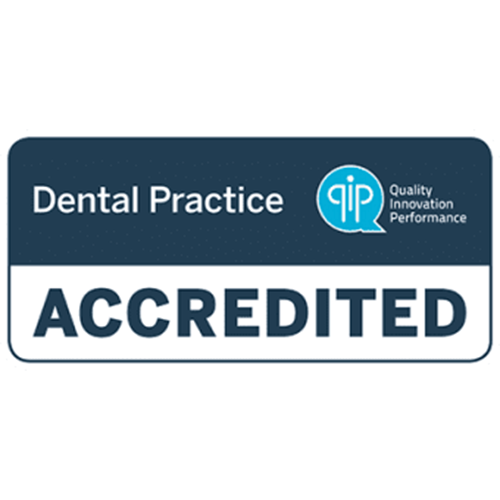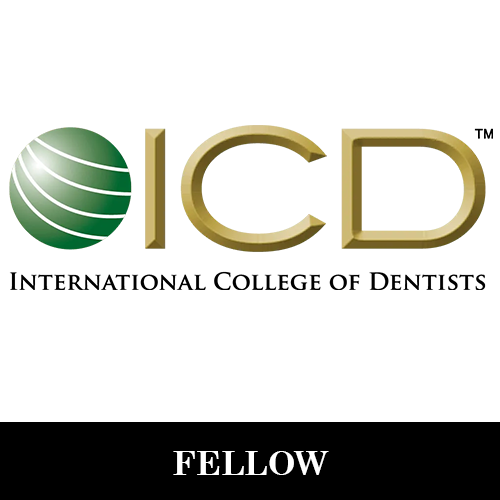How do I know if I have gum disease?
What is gum disease?
Gum inflammation, also known as
gingivitis, is a very common finding when we look in people’s mouths for the first time. But what is it? Very simply, it is any
bleeding from the soft tissues you commonly find in your mouth. The soft tissues have different names depending on exactly where they are. The gum around your teeth is often referred to as ‘gingiva’; the parts of your mouth that form your cheeks and lips were often called the oral mucosa.
Don’t let the signs trick you!
It’s a good rule of thumb to consider any
bleeding whatsoever as abnormal, and a sign of infection. After all, if your fingers will bled every time you washed your hands, wouldn’t you be a little concerned? It’s the same in your mouth and it’s the first thing we look for when we examine you. ‘Inflammation’ as a sign of infection was first identified in Greece more than 2000 years ago, and we still use their definition in part to identify infection and inflammation. Redness swelling and bleeding are some of the
signs
of inflammation. What’s tricky about gingivitis is that it’s usually painless, and so it’s sometimes hard for you to know if you have it.
Prevent gum diseases through early detection
Now researchers at the Faculty of Dentistry of the
University of Hong Kong, have used artificial intelligence (AI) to detect gingivitis from intraoral photographs.
This cutting-edge technology can revolutionise early detection and prevention of oral and systemic diseases linked to gum inflammation, such as tooth loss, cardiovascular diseases, and
diabetes.
The study showed that AI algorithms can analyse patients’ intraoral photographs to detect signs of inflammation like redness, swelling, and bleeding along the gum margin with over 90% accuracy, matching the visual examination of a dentist. This innovative technology will enable the monitoring of large groups of people and their gum health and paves the way for more personalised dental care.
Don’t wait until it’s too late
Dr. Walter Yu-Hang Lam, the study’s leading HKU researcher, emphasises the significance of the findings for the early detection and management of gum disease.
“Many patients do not attend regular dental check-ups, and they only seek dentists to alleviate pain when their teeth are at the end stage of dental diseases, in which tooth loss is inevitable, and only expensive rehabilitative treatments are available. Our study shows that AI can be a valuable screening tool in detecting and diagnosing gum disease, one of the key indicators of periodontal disease, allowing earlier intervention and better health outcomes for the population,” he said.
Let us help you achieve healthier gums!
We at
Moss Vale Dental
assist our patients not only in knowing their oral health condition but giving them the
best dental solution, we could offer.
With all these innovative technologies, it is so much easier for you to access better oral health. The good news is you don’t have to travel to Hong Kong to take advantage of professional help in
identifying gum disease
— it’s available right here in Moss Vale every day of the week. It involves a short and painless review of your oral soft tissues that helps identify the best treatment for you to stay healthy.
Interested to know the condition of your mouth, or prevent diseases like gingivitis?
Book your consultation
now with the team at Dr. Patrick Meaney’s office or call
02 4869 3111.
Site Links
Our Services
Locations We Service
Contacts
ABN: 40 525 320 779
Trading Hours
- Monday
- -
- Tuesday
- -
- Wednesday
- -
- Thursday
- -
- Friday
- -
- Saturday
- Closed
- Sunday
- Closed













